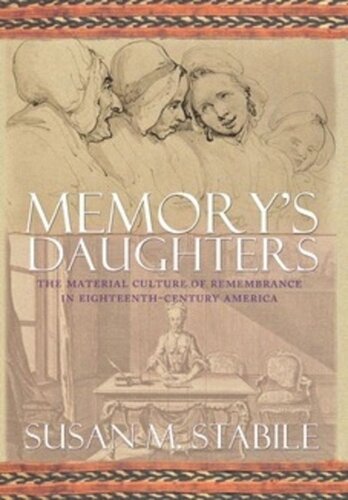

Most ebook files are in PDF format, so you can easily read them using various software such as Foxit Reader or directly on the Google Chrome browser.
Some ebook files are released by publishers in other formats such as .awz, .mobi, .epub, .fb2, etc. You may need to install specific software to read these formats on mobile/PC, such as Calibre.
Please read the tutorial at this link: https://ebookbell.com/faq
We offer FREE conversion to the popular formats you request; however, this may take some time. Therefore, right after payment, please email us, and we will try to provide the service as quickly as possible.
For some exceptional file formats or broken links (if any), please refrain from opening any disputes. Instead, email us first, and we will try to assist within a maximum of 6 hours.
EbookBell Team

4.0
16 reviewsA renowned literary coterie in eighteenth-century Philadelphia—Elizabeth Fergusson, Hannah Griffitts, Deborah Logan, Annis Stockton, and Susanna Wright—wrote and exchanged thousands of poems and maintained elaborate handwritten commonplace books of memorabilia. Through their creativity and celebrated hospitality, they initiated a salon culture in their great country houses in the Delaware Valley. In this stunningly original and heavily illustrated book, Susan M. Stabile shows that these female writers sought to memorialize their lives and aesthetic experience—a purpose that stands in marked contrast to the civic concerns of male authors in the republican era.
Drawing equally on material culture and literary history, Stabile discusses how the group used their writings to explore and at times replicate the arrangement of their material possessions, including desks, writing paraphernalia, mirrors, miniatures, beds, and coffins. As she reconstructs the poetics of memory that informed the women's lives and structured their manuscripts, Stabile focuses on vernacular architecture, penmanship, souvenir collecting, and mourning.
Empirically rich and nuanced in its readings of different kinds of artifacts, this engaging work tells of the erasure of the women's lives from the national memory as the feminine aesthetic of scribal publication was overshadowed by the proliferating print culture of late eighteenth-century America.